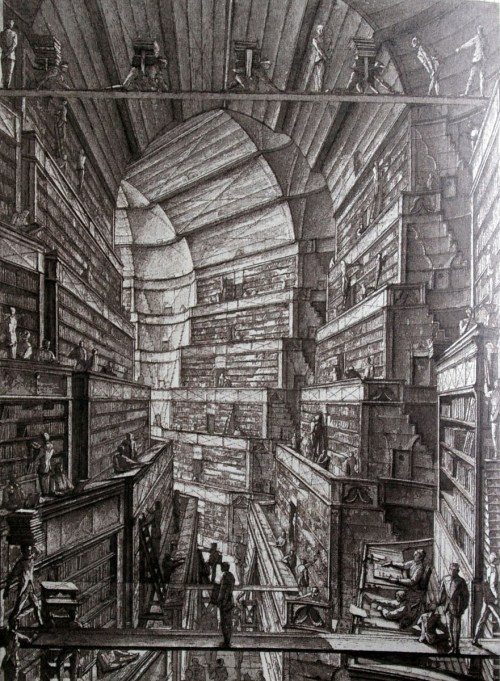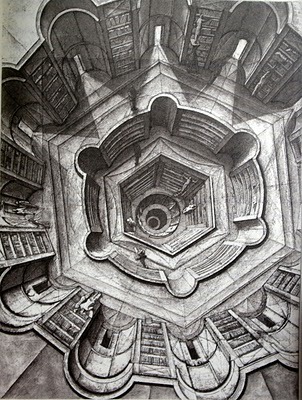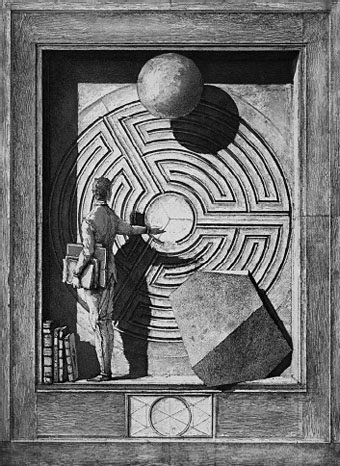Below ..... Interior Detail Views of Woman Inside Body Cavity
"SEATED LION WITH INTERNAL WOMAN" 2010
With the lion sculptures I wanted to continue to experiment with this concept of mysterious glimpses of the interior. I feel a deep connection to Roman art. I studied in Italy during college years and have visited several times since. A 2006 trip with my family had been simmering inside me. Having photographed some of those stately Etruscan lions, I wanted to work with lions in the way these archetypal images do, staying clear of a “realistic” African-Safari-type lion. Another concept that motivated these pieces: in looking at someone we really have no idea what they are experiencing internally. We make assumptions, but what they’re actually going through is often, perhaps usually, very different from what we imagine. This is why empathy strikes me as the best reaction we can have toward others -- and judgment perhaps the worst. Things are not always as they seem. At another level the lions are a continuation of the running narrative, in all my work, that everything is connected, that there is no “Other”, that we are all made of the same substances and all dependent upon the same elemental forces. What takes care of a lion takes care of a human. Male lions are perhaps the most common archetype of strength, pride, masculinity. But they are as dependent upon the health of a greater living world, and of interior mystery, as you or me. So on the lion’s interior is this totally serene, glowing, bodhisattva-like figure -- a contrast between the lion’s physicality and something just as essential, but more mysterious and sublime.

Above Middle ..... Back and Side Views
Below ..... Detail Views Outside and Gold Baby Inside Body Cavity
"JANUS" 2010
Adrian Arleo
Clay, glaze, wax encaustic, gold leaf
19" x 17" x 15"
I made this piece in January, 2010, thinking about the concept of Janus as the Roman god of beginnings, and the fact that a single figure can look both forward and back. The turning of the year encourages this kind of two-way gazing. I felt acutely aware of 2009 having been a rough year on many fronts. Beginning a new year brings associations of possibility, positive things, a fresh start. The interior baby represents this vulnerable, blank slate feeling. The concept of Inside/Out fascinates me -- the glimpses we get into what is normally unseeable and mysterious. The openness of the piece reflects this. The fact that it was January when I started this work was a factor: all the bare branches, the skeletal landscape, where you see through a lattice-work of stripped winter aspens and cottonwoods. I didn’t want to enclose the baby in a cage, or a jail cell with bars, so I found myself picturing the decorative, carved wooden screens of Moorish culture in Spain or Moghul culture in India.

Detail"HONEY COMB BOY" 2010
Adrian Arleo
Clay, glaze, wax encaustic15" x 27 1/2" x 16"
Arleo’s studio and the pieces she creates there, straddle the natural world and the world that man has constructed. Nature is invited in. The window sills are filled with treasures found on her property in rural Lolo, Montana situated at the base of the Selway Bitterroot Wilderness with Lolo Creek running through. Swallows nest in the eaves, her horse sneaks a look in the window of the studio, and a mouse is not considered an unwelcome intruder. The collection further contains beehives, honeycombs, abandoned birds nests, stones, twigs, shells and other bits of nature brought in for closer inspection and continuous inspiration. Arleo claims her studio to be “a kind of living structure.”
The subjects may change with each piece carefully and skillfully crafted of clay by Arleo, but the underlying concepts remain consistently investigating the delicate intersection between nature and humans. The pieces are in a constant state of metamorphosis. Arleo’s work has always been and continues to be richly narrative, deeply suggesting a psychological and emotional world. The personal is present but not ever obvious. Arleo’s interior world is complex and rich, inviting the viewer to become part of it on their own terms, through their eyes.
Arleo studied Art and Anthropology at Pitzer College (B.A. in 1979) and received her MFA in ceramics from Rhode Island School of Design in 1986. Her sculpture is exhibited internationally, and is in numerous public and private collections.
Selected Permanent Collections
Archie Bray Foundation, Helena, MTCandace Groot, Chicago, ILGreenwich House Pottery, NYC, NYHarborview Medical Center, Seattle, WAGloria and Sonny Kamm Foundation, Los Angeles, CARuth Kohler, Kohler, WIMacon Museum of Arts and Sciences, Macon, GAMicrosoft, Seattle, WARacine Art Museum, Racine, WIThe World Ceramic Exposition Foundation, Icheon, KoreaYellowstone Art Museum, Billings, MT






















